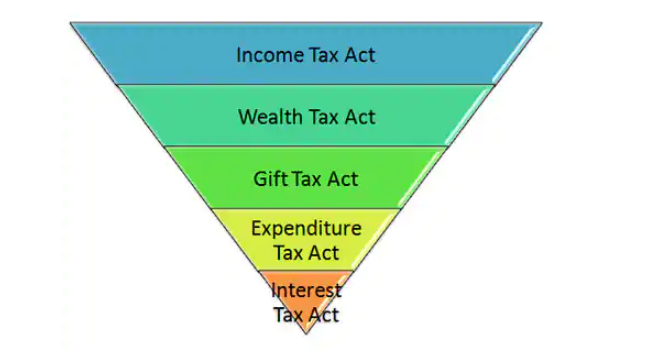Free Courses Sale ends Soon, Get It Now


Free Courses Sale ends Soon, Get It Now


|
Direct Taxes |
Indirect Taxes |
|
It is levied on income and activities conducted. |
It is levied on product or services. |
|
The burden of tax cannot be shifted in case of direct tax. |
The burden of tax shifted for indirect taxes. |
|
It is paid directly by person concerned. |
It is paid by one person but he recovers the same from another person i.e. person who actually bear the tax ultimate consumer. |
|
It is paid after the income reaches in the hands of the taxpayer |
It is paid before goods/service reaches the taxpayer. |
|
Tax collection is difficult. |
Tax collection is relatively easier. |
|
Example Income tax, wealth tax etc. |
Example GST, excise duty custom duty sale tax service tax |

© 2024 iasgyan. All right reserved